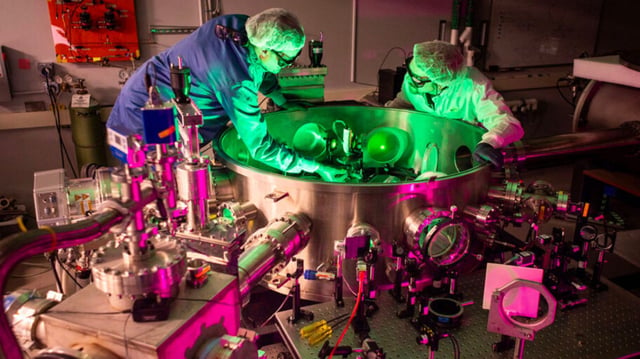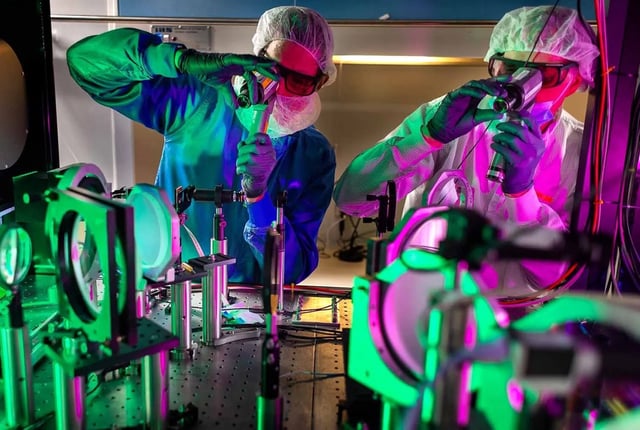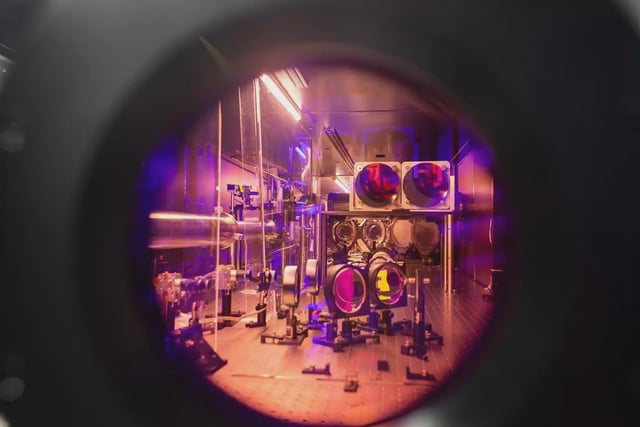Overview
- The ZEUS laser at the University of Michigan has delivered a 2-petawatt pulse, doubling the power of any other laser in the U.S. and marking a key milestone in high-field science.
- This 25-quintillionth-second pulse is equivalent to over 100 times the total global electricity output, enabling groundbreaking experiments across multiple disciplines.
- The first user-led experiments, led by Franklin Dollar of UC Irvine, aim to generate electron beams with energies rivaling those produced by large particle accelerators.
- A 3-petawatt upgrade is planned for later this year, with the installation of a titanium-doped sapphire crystal that took over four years to manufacture.
- ZEUS, funded by the National Science Foundation, operates as a user facility, welcoming researchers globally to conduct experiments with potential applications in medicine, astrophysics, quantum physics, and national security.



